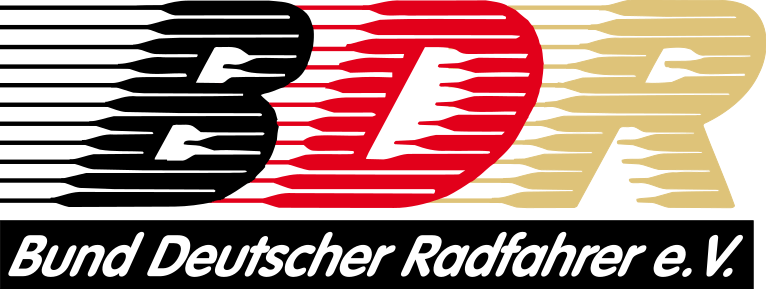Analysis of the effect of helmet shape and head position on performance during time-trial cycling
(Analyse des Einflusses von Helmform und Kopflage auf die Leistung im Radzeitfahren)
Cycling science has undergone a great revolution in recent years. During individual time-trials, racing events in which cyclists race against the clock are not permitted to ride behind other cyclists where they gain advantage by drafting, understanding aerodynamics and the forces acting on the bicycle can lead to substantial gains in performance and lead to victory. In time-trial competition, the cyclist`s position on the bike has been widely studied and an optimized position reduces wind resistance and improves performance (Grappe 2009, Blocken et al. 2013). The cyclist`s position alone represents about 65-80% of the total aerodynamic drag. One means of optimizing performance is to modify the shape of helmets used in time-trials (referred to as `aero helmets`).
An alternative approach to investigating aerodynamics in sports sciences is the numerical one. Indeed, in recent years, Computational Fluid Dynamics (CFD) has been used and shown to be a powerful and efficient tool for simulating complex fluid flows. Defraeye et al. (2010) evaluated the aerodynamic performance of different cyclist positions by means of CFD simulations and wind tunnel measurements. Sims and Jenkins (2011) used the CFD method to improve aerodynamic design of the bicycle helmet.
The aim of the present study is to gain greater insight into the aerodynamics of time-trial helmets in real-world conditions using CFD. Three time-trial helmets of different brands and shapes have been considered. In order to reflect accurately real racing conditions, the following head positions have been tested:
• Head-up position (horizontal gaze)
• Head-down position (vertical gaze)
Simulations were performed for a velocity of 15 m/s corresponding to the average velocity during a flat route time-trial competition for an international class cyclist.
© Copyright 2017 Computer Methods in Biomechanics and Biomedical Engineering. Taylor & Francis. Alle Rechte vorbehalten.
| Schlagworte: | Biomechanik Radsport Aerodynamik Sportgerät Sportgerätebau |
|---|---|
| Notationen: | Naturwissenschaften und Technik Ausdauersportarten Sportstätten und Sportgeräte |
| Tagging: | Zeifahren Computational Fluid Dynamics |
| DOI: | 10.1080/10255842.2017.1382836 |
| Veröffentlicht in: | Computer Methods in Biomechanics and Biomedical Engineering |
| Veröffentlicht: |
2017
|
| Jahrgang: | 20 |
| Heft: | S1 |
| Seiten: | 11-12 |
| Dokumentenarten: | Artikel |
| Sprache: | Englisch |
| Level: | hoch |
